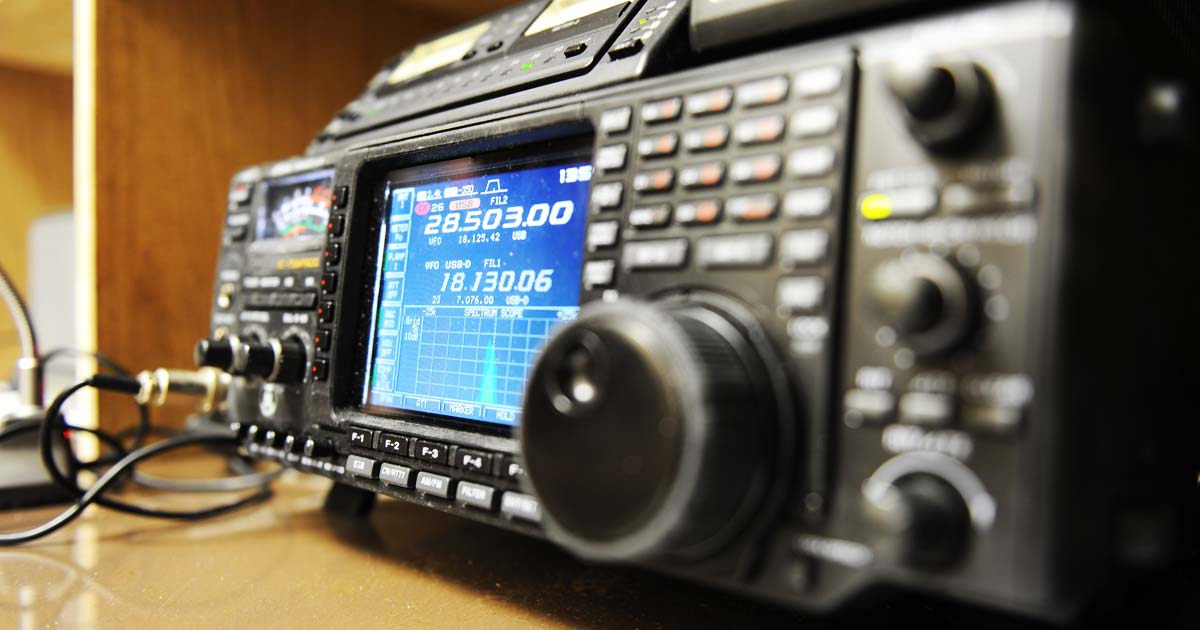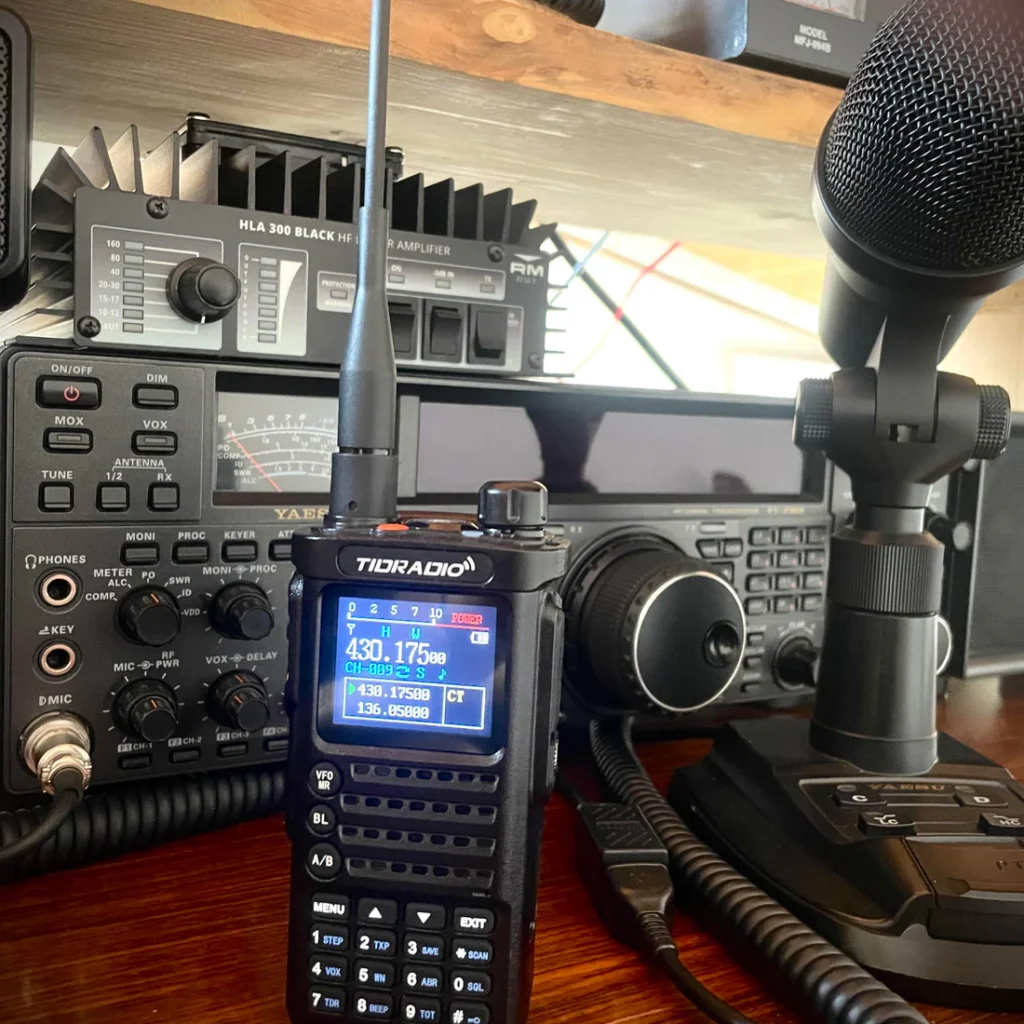Ham radio, also known as amateur radio, is a fascinating and diverse hobby where people communicate using specially allocated radio frequencies set aside for non-commercial activities. Licensed operators—often called “hams”—can connect using voice, Morse code, or digital modes, exchanging messages both locally and across the globe, and sometimes even with astronauts aboard the International Space Station. The core purposes of ham radio include personal communication, technical experimentation, emergency response, self-training, and public service.

Unlike commercial radio services, ham radio is strictly non-commercial and regulated by national and international authorities to ensure responsible and interference-free operation. Operators must pass a technical exam to obtain a license, which certifies their understanding of radio theory, equipment, and the regulations governing radio use. Ham radio opens the door to a wide range of activities: from making friends worldwide and building home-made antennas, to participating in contests, relaying messages during emergencies, or experimenting with satellite and moon-bounce communications.
Anyone with curiosity, a willingness to learn, and a sense of adventure can become a ham radio operator, joining a global community of enthusiasts passionate about communication, electronics, and community service.
How does ham radio enable global communication without internet or cellphones?
Ham radio enables global communication without the need for internet or cellphones by directly transmitting radio signals through the atmosphere using specially allocated frequency bands. Unlike VHF and UHF signals, which are mostly limited to local and line-of-sight communication, ham operators use the High Frequency (HF) bands, where signals can “bounce” off layers of the Earth’s ionosphere. This phenomenon—called ionospheric propagation—allows radio waves to travel beyond the horizon and reach receivers hundreds or even thousands of kilometers away, sometimes spanning continents or even the globe.

A typical ham radio global contact might involve one station in Ireland and another in Japan, both using HF radios and antennas, with no intermediary infrastructure such as repeaters, copper cables, cell towers, or the internet—just pure radio-to-radio communication. Power sources can be as simple as batteries, and stations can be set up nearly anywhere, including remote or disaster-affected areas.
This infrastructure independence also explains why ham radio consistently functions during emergencies when modern communication networks fail due to power outages, congestion, or damage; each radio station operates independently, meaning hams can coordinate, assist rescue operations, and relay information even when all other systems are down.
In summary, ham radio achieves worldwide connectivity via HF bands, ionospheric propagation, independently operating stations, and user technical expertise—all without reliance on contemporary electronic communication grids